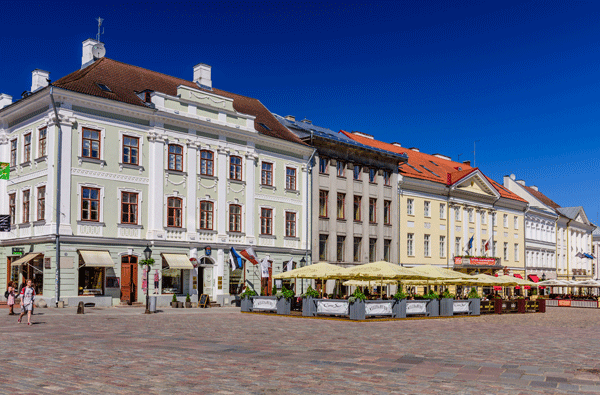
1. Understanding the Driving Culture
Driving in Tartu is generally considered safe and straightforward. The roads are well-maintained and the traffic is not as heavy as in larger cities. However, during winter months, the roads can be slippery due to snow and ice, so extra caution is needed. Estonians are generally law-abiding drivers, but as with anywhere, there can be exceptions.
2. Car Recommendation
As for the type of car, it really depends on your personal needs and preferences. If you plan to travel around the country, a 4×4 might be a good option, especially for winter months. However, for city driving, a smaller, more fuel-efficient car would be more practical. Also, consider that cars with manual transmission are more common in Estonia.
3. Parking in Tartu
Finding parking in Tartu is not usually a problem. There are plenty of parking spaces in the city center and in residential areas. However, parking in the city center is not free. The cost of parking varies depending on the zone, but it’s generally affordable. You can pay for parking via mobile app, SMS, or at parking meters.
4. Driving with an International License
Foreigners can drive in Estonia with an international driving permit (IDP) along with their valid national driving license. This is valid for up to six months. After that, you will need to obtain an Estonian driving license.
5. Obtaining an Estonian Driving License
To get an Estonian driving license, you will need to pass a theory test and a practical driving test. The tests are available in English. You will also need to provide a medical certificate. It’s recommended to take a few driving lessons to familiarize yourself with the local driving rules and conditions.
6. Winter Driving
Winter driving in Estonia can be challenging due to snow and ice. It’s mandatory to use winter tires from December 1 to March 1. However, depending on the weather conditions, you might need to use them earlier or longer. Always keep a safe distance from the car in front of you and drive according to the road conditions.
7. Speed Limits
Always respect the speed limits. In urban areas, the speed limit is usually 50 km/h, outside urban areas it’s 90 km/h, and on highways it’s 110 km/h. Speeding fines can be quite high, and speed cameras are common.


